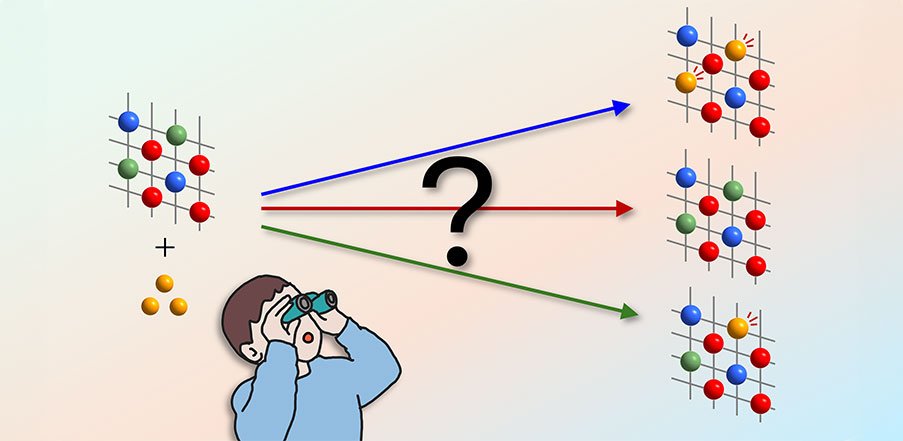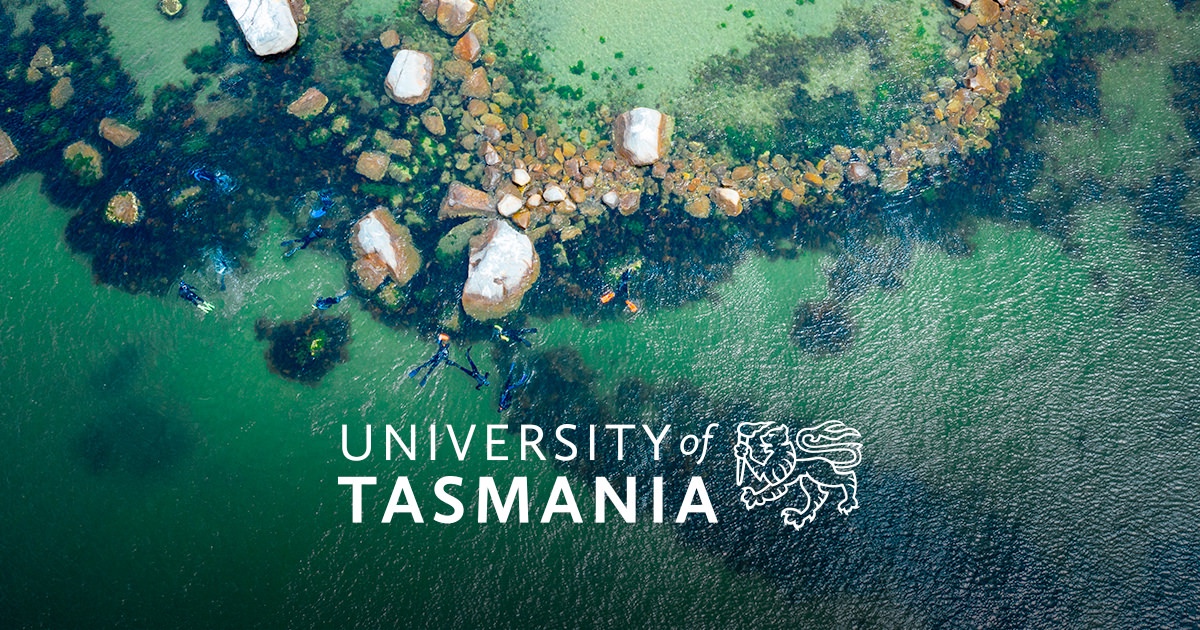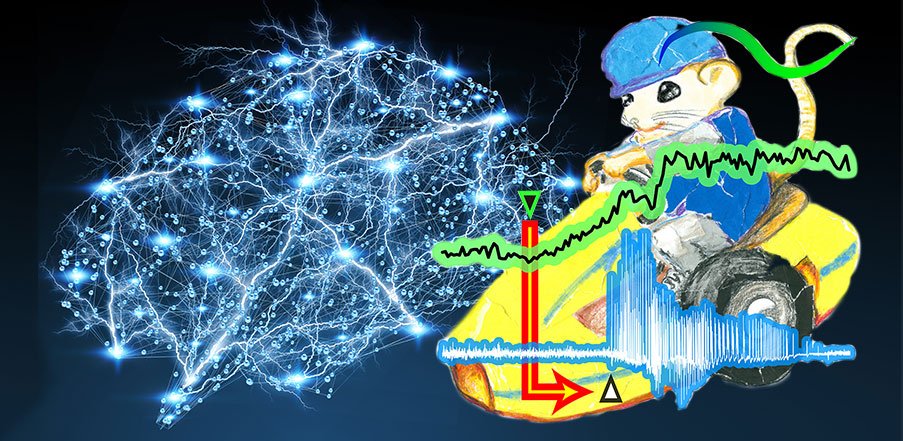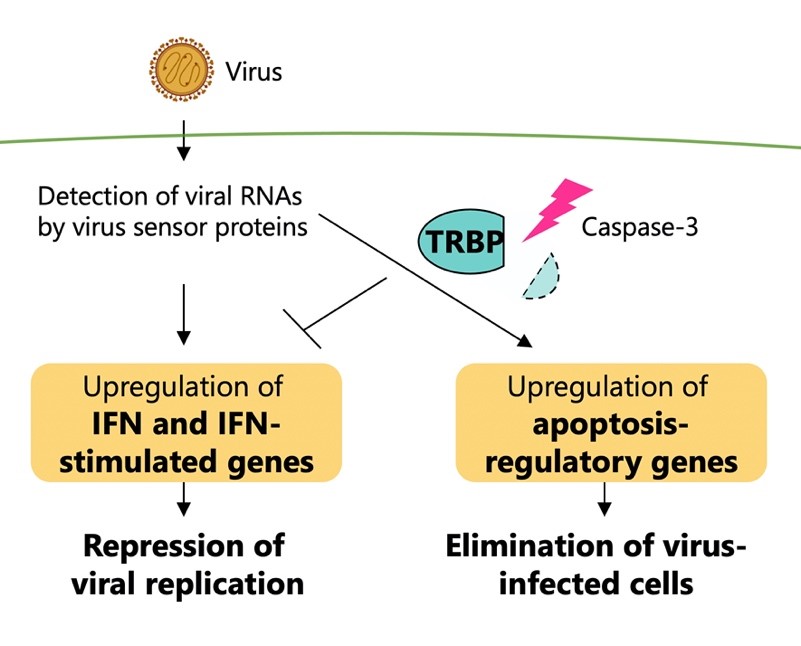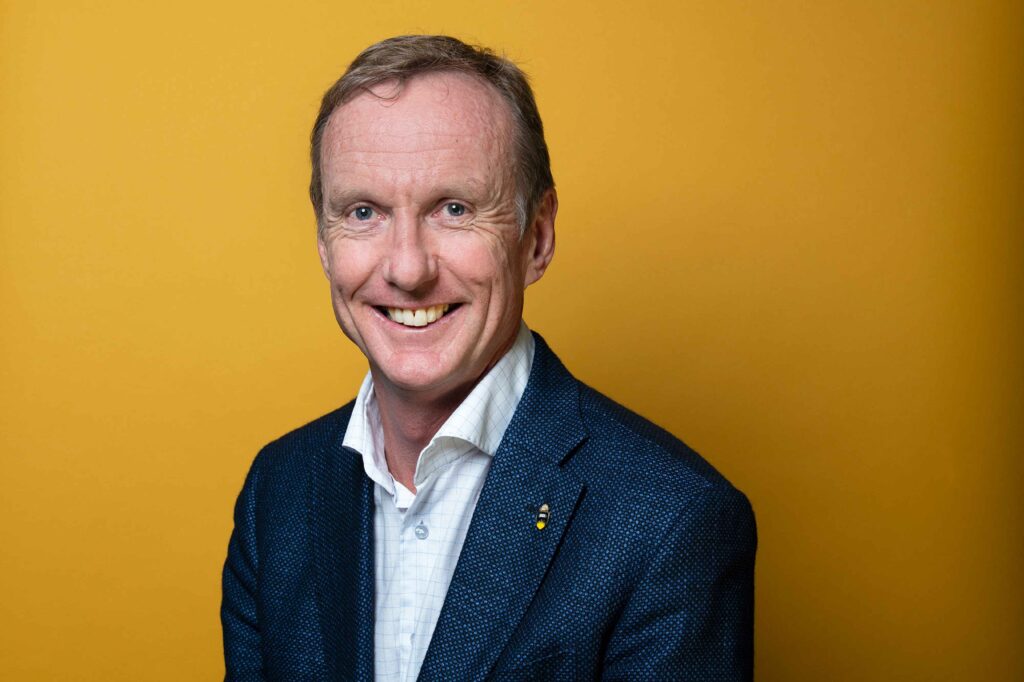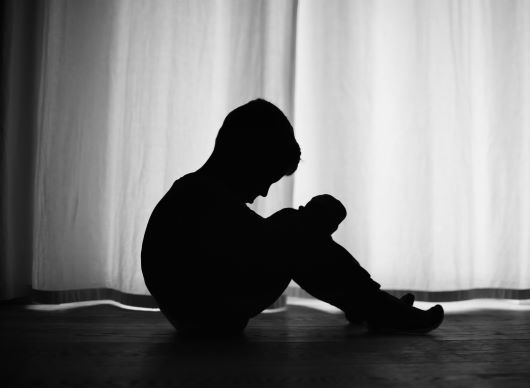Zookeepers, teachers, laundry operators, restaurateurs, librarians, truckers, dentists, nail salon workers and many others in the workforce have turned to Nellie Brown, director of Workplace Health and Safety Programs at the ILR School, for guidance on how to keep their workplaces safe from COVID-19.
She has taught them how to purify the air in their buildings, use a respirator, even how to safely flush toilets. A certified industrial hygienist, biologist and chemist, Brown discusses how she has shared her knowledge during the pandemic through webinars taught from her home in Buffalo, New York.
Question: You’ve led the ILR School’s Workplace Health and Safety Programs for more than 35 years. When COVID hit, how did your work change?
Answer: A lot of the topics on which I would do training or technical assistance became heavily focused on the pandemic. People wanted to put aside any other standards to focus on what was known about this emerging disease.
It also changed my mode of training delivery. When I train, I do use props, so I had to work around that by showing the props on camera. To me, virtual training lacks the warm human interaction that you find when you’re dealing with people. You don’t get the easy camaraderie and exchange before the program starts or during the breaks and have that light touch. I do miss that aspect of it.
Q: What has surprised you most about how the pandemic has changed workplaces?
A: It got people to think a lot more seriously about health and safety as a tool for organizing and for improving workplace conditions. While people might have had concerns in the past about health and safety, they just weren’t as motivated to do something about it as now; suddenly there was the risk of a severe illness which could cost them their lives.
Workers began to ask questions like, “How can our employer treat us like this?” It gave them a different realization of their risks. Suddenly, people are realizing, “Wow, I interact with people all the time. I’m breathing the same air they are, we’re in each other’s faces. I could get sick and it could happen at work.”
Q: When you train people about COVID health and safety, what is the most important item on your list?
A: It’s looking at how the disease is transmitted and what you do in your environment to reduce exposure.
We’re really facing two problems: the pandemic and an epidemic of misinformation. I have to be very realistic and very polite with people. I tell them social media is not a place to go for science because you don’t know what you’re getting, you don’t know if it’s real or if it’s a myth. You have to go to reputable scientific sources.
I’ve done a lot [of training] on bringing people back in a building, when they’re anxious or unhappy about coming back. I try to get organizations to think about how they treat their people, specifically people who are grieving the changes in their lives – what one researcher calls “ambiguous grief.”
Q: How do you encourage people to take care of themselves?
A: I try to get people to think very basically about their own needs. It’s not selfish to make sure that you have the sleep that you need, that you have some time for something that’s fun, and to get enough physical exercise, because if you don’t take care of yourself, you can’t care for other people.
Q: What is the most common question during your COVID-19 trainings?
A: “When are we all going back to normal?” “When is this thing going to be over?” Pandemics don’t work like that. Another concern I have is that the mental health side of this will probably perpetuate for quite a while.
Amira Shimin ’25 is a student writer for ILR School communications.


